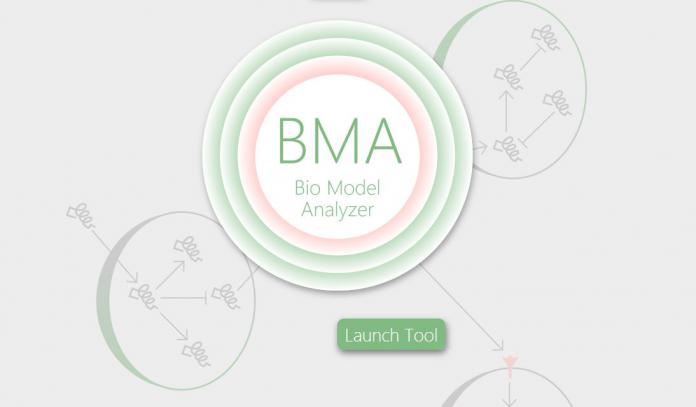Microsoft has announced that it is open-sourcing its Bio Model Analyzer (BMA) modeling tool. The company has made the service available on GitHub, where all the documentation can be downloaded.
Bio Model Analyzer is a biological modeling tool for illustrating signaling pathways to determine cellular stabilization. At its core, the tool gives researchers the ability to test more possibilities. Compared to previous abilities, the Bio Model Analyzer allows quicker testing.
By creating computerized models, BMA gives researchers the ability to compare healthy cells with abnormal processes. Because researchers can computerize their comparisons, testing can be completed more quickly and more possibilities can be tested.
This efficiency means researchers can speed up certain areas such as drug interaction and resistance. Microsoft says that BMA could help to personalize cancer treatments. Creating more effective treatment could be possible said Jasmin Fisher, a senior researcher in the programming principles and tools group in Microsoft's Cambridge, U.K., research lab and an associate professor in the biochemistry department at Cambridge University.
“At one level, Bio Model Analyzer is a sketching tool that enables users to draw out a biological system of interest (e.g. a genetic regulatory network) by dragging and dropping cells, their contents (DNA, proteins, etc.), extracellular components and relationships onto a simple canvas.”
“At another level, Bio Model Analyzer's analysis proves stabilization of biological systems, based upon formal methods that were developed for the specification and verification of properties in concurrent software systems.”
Bio Model Analyzer
BMA takes several perspectives to create a single tool. The merger of systems biology, human computer interaction and design, and formal methods, researchers can create models using visual designer. BMA makes it possible to build from specific elements using virtual canvas.
The tool is also easy to use. Researchers can use simple drag'n'drop, copy/paste, and other familiar commands to manipulate visual elements.






